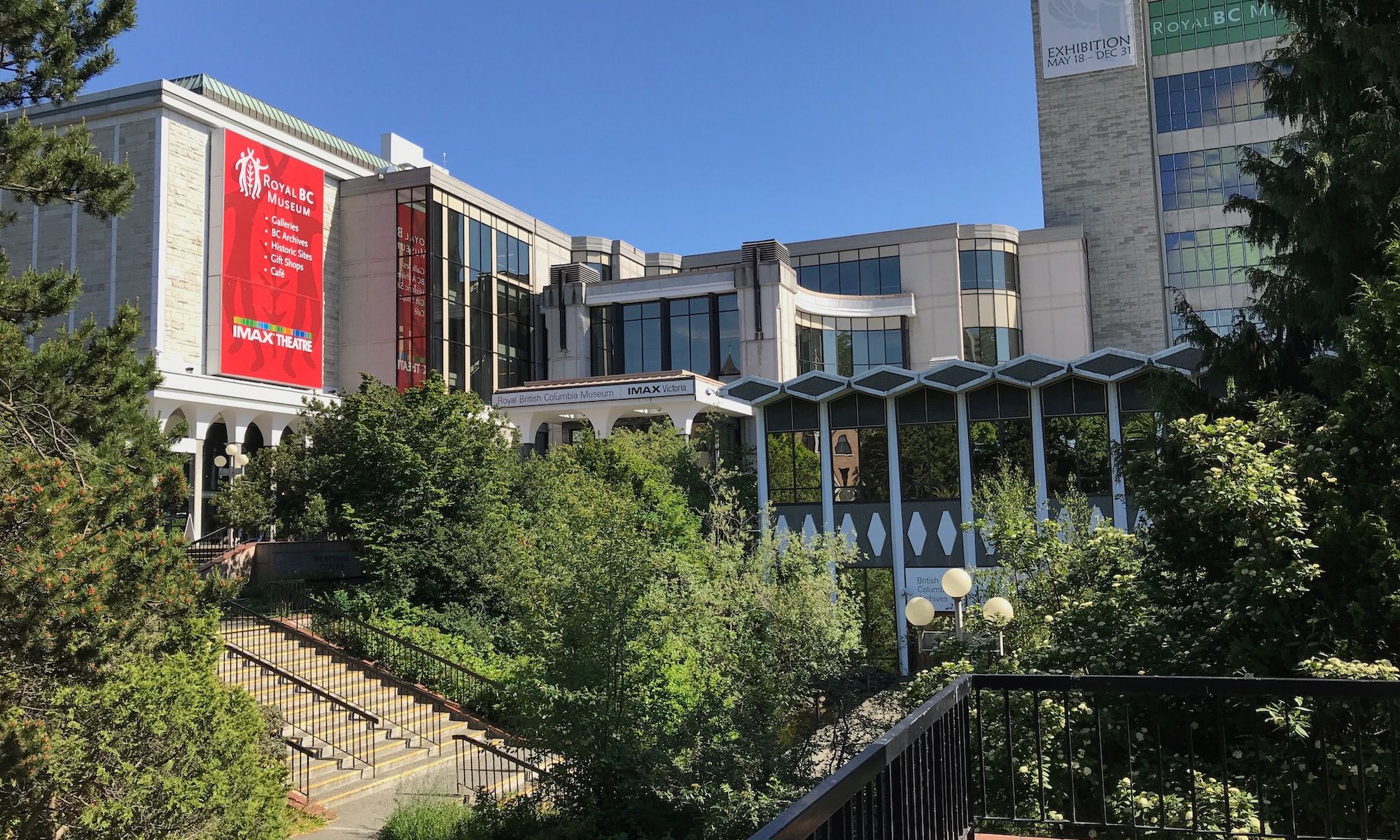The Royal British Columbia Museum in Victoria, Canada Photo by Road Travel America, via Flickr
In the wake of the recent resignation of Alicia Dubois, the chief executive of the Royal British Columbia Museum (RBCM) in Victoria, British Columbia, 16 months after she was hired, concerns remain about the future of the beloved but troubled institution.
The museum announced Dubois’s resignation five weeks before the scheduled 29 July re-opening of its Old Town exhibition—a facsimile of a colonial-era Vancouver Island community—whose closure in July 2022 in the name of “decolonisation” sparked public outcry and intense criticism of the new chief executive.
“Having laid a strong foundation with the province and partners for the museum’s future, the chief executive feels she is no longer best suited to the position,” Leslie Brown, the chair of the museum’s board, said in a statement. Dubois “also cited personal reasons relating to family.”
Brown also praised Dubois—who will remain in her position until an interim chief executive is found—expressing “gratitude” for “prioritising and advancing organisational cultural transformation” and “engaging with communities about what the future of the museum could look like”.
Dubois—an Indigenous lawyer and former trustee for the Royal Ontario Museum who held senior positions in Indigenous financial services and markets at major Canadian banks—was named the museum’s chief executive in February 2022, replacing then-acting chief executive Dan Muzyka. The museum’s previous leader, Jack Lohman, resigned in 2021. The former chief executive of the Iziko Museums in Cape Town, South Africa and director of the Museum of London, Lohman left the RBCM after a report by a diversity and inclusion consultant deemed the institution a “dysfunctional and toxic workplace, characterised by a culture of fear and distrust”.
The report was sparked by the resignation of Lucy Bell, the museum’s former head of Indigenous collections and repatriation, in 2020. In her farewell speech, she cited a workplace culture of racism and anti-Indigeneity.
When Dubois was hired last February, hopes were high that her plans to modernise the museum and make it more inclusive would help the 137-year-old institution transition into a new era. The provincial government’s ruling New Democratic Party (NDP) gave her its unbridled support as the face behind plans to build a new museum and new collections centre for almost C$1bn $758m).
Former NDP leader Carole James, a member of the museum’s board of directors, said at the time of Dubois’s appointment that the board was impressed with her intercultural expertise and experience in “change management” within large, complex organisations.
But after public outcry about the cost of the new museum in post-pandemic era recessionary times—and calls from First Nations groups for the funds to go toward the repatriation of artefacts and a Native cultural centre—then British Columbia Premier John Horgan abruptly cancelled the plans just over a month after he announced them. Instead, he directed the museum to undertake “community engagement” last June and in January of this year, according to a museum press release, to begin a “provincewide community engagement” campaign.
Plans to build a new museum have been put on hold, while a contract for the construction of the new C$205m ($155m) Royal British Columbia Museum Collections and Research Building project in Colwood was awarded last February. That 164,000 sq. ft project, designed by Vancouver-based firm Michael Green Architecture, is scheduled for completion in 2026.
But with half of the C$1.2m ($910,000) allocated by the provincial government for community engagement already spent, it remains unclear exactly what will have changed when the Old Town exhibition re-opens next month beyond “contextual panels” designed to encourage “critical thinking”. Much of the exhibition—including the saloon, hotel and Chinatown displays—could not be removed due to asbestos issues.
In an interview with The Art Newspaper, Brown says the re-opening of Old Town will augment the public engagement process by offering visitors a chance to air their views. The retro movie theatre in the exhibition will now show historical footage showcasing the diversity of British Columbia’s voices and stories instead of old Hollywood silent movies. The exhibition’s old drapery shop area will be hollowed out and left as an empty space where the public can “imagine what they want to fill it”.
“There are tremendous issues with the building and asbestos is only one of them,” Brown says, also citing the need for seismic upgrades. “At some point we’re going to have to have to replace it—but no decisions have been made.”
In the meantime, she says, “we’re focusing on revitalising what we have now and building the new collections and research centre. After that we can think about the current building envelope—although we are actively engaged in getting assessments and repairs done.”
Despite the departures of two chief executives in just two years, Brown says she is “optimistic”, citing “passionate, committed staff” and four new exhibitions, including this month’s Angkor: The Lost Empire of Cambodia (until 14 January 2024).
“We have amazing collections that we are stewards of,” Brown says. “And I feel a real sense of responsibility to take care ofthem.” She adds, “Now we have to ask: ‘What stories do we want our museums to tell?’”
The museum has the largest collection of British Columbia First Nations archaeological materials in the world.During Dubois’s tenure, some of the museum’s artefacts have been returned to local First Nations, including a totem pole from Bella Coola that had been in the museum’s collection for more than 100 years.
The RBCM is one of Canada’s oldest museums, founded in 1886, and with more than 7 million objects, including natural history specimens, Indigenous works and archaeological artefacts, as well as the British Columbia Archives collection of historical documents, established in 1894.

